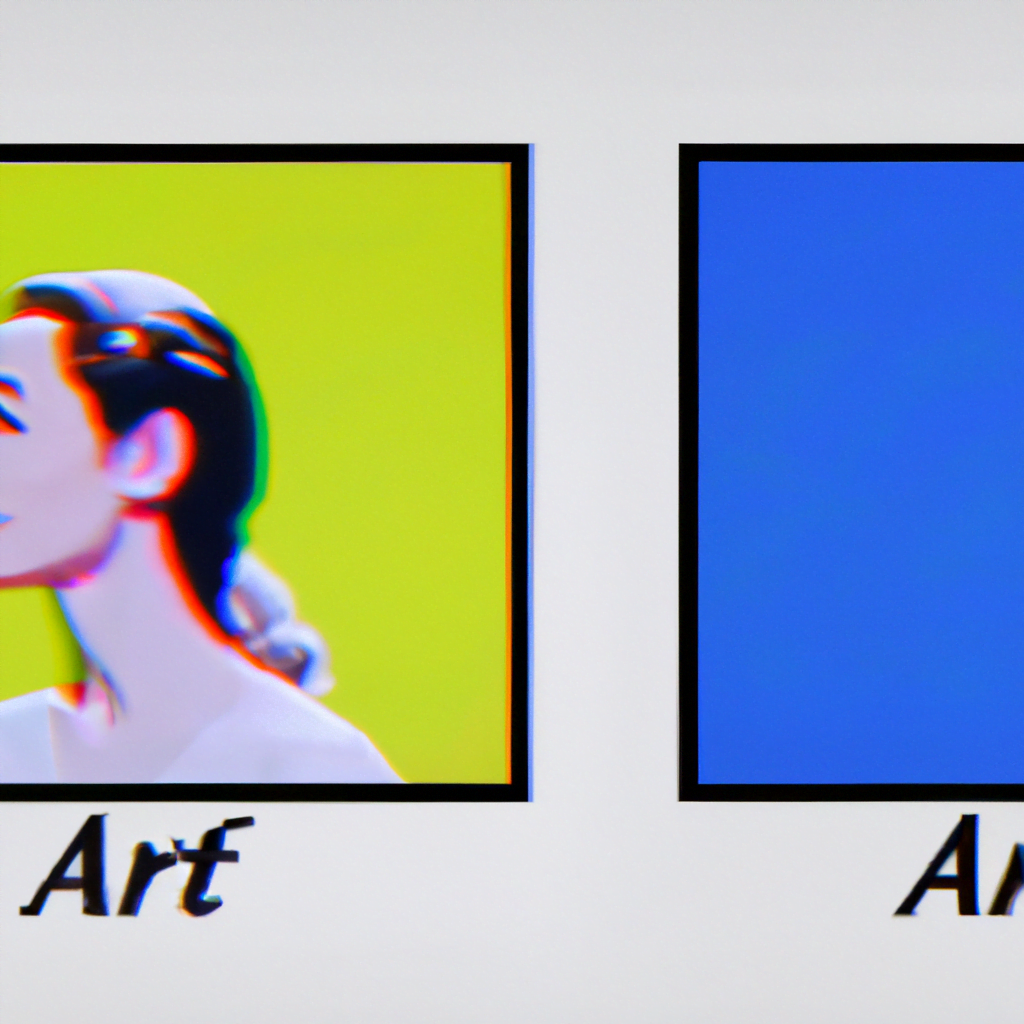
AI-Driven UX Writing and Microcopy

Artificial Intelligence (AI) has revolutionized various industries, and one area where it has made a significant impact is in user experience (UX) writing and microcopy. UX writing refers to the text that appears in user interfaces, guiding users through different interactions, while microcopy refers to the small snippets of text that provide instructions, feedback, or reassurance to users. With the help of AI, UX writers can now create more effective and personalized content, leading to improved user experiences. In this article, we will explore the role of AI in UX writing and microcopy, its benefits, and some real-world examples.
The Role of AI in UX Writing
AI technology, particularly natural language processing (NLP) and machine learning, has enabled UX writers to automate and enhance their work. Here are some key ways AI is transforming UX writing:
- Content Generation: AI can generate content based on predefined rules and patterns. This allows UX writers to quickly create variations of microcopy for different scenarios, such as error messages, notifications, or onboarding instructions. For example, chatbots powered by AI can generate personalized responses based on user queries.
- Language Optimization: AI algorithms can analyze user behavior and language patterns to optimize the text for better comprehension and engagement. By analyzing user interactions, AI can suggest improvements to the wording, tone, or structure of the microcopy to make it more effective.
- Localization: AI can assist in translating and adapting microcopy for different languages and cultures. It can identify cultural nuances and adapt the language accordingly, ensuring that the microcopy resonates with users from different regions.
The Benefits of AI-Driven UX Writing
Integrating AI into UX writing and microcopy offers several benefits for both businesses and users:
- Efficiency: AI-powered tools can automate the process of generating and optimizing microcopy, saving time and effort for UX writers. This allows them to focus on more strategic aspects of their work, such as crafting the overall user experience.
- Consistency: AI ensures consistency in the tone, style, and messaging across different touchpoints within a product or service. This consistency helps build trust and familiarity with users, leading to a more cohesive user experience.
- Personalization: AI can analyze user data and behavior to deliver personalized microcopy. By tailoring the language and content to individual users, AI-driven UX writing can create a more engaging and relevant experience, increasing user satisfaction and loyalty.
- Improved User Understanding: AI algorithms can analyze user feedback and interactions to gain insights into user preferences, pain points, and expectations. This understanding can inform the creation of more effective microcopy that addresses user needs and guides them through the user interface seamlessly.
Real-World Examples
Several companies have already embraced AI-driven UX writing and microcopy to enhance their user experiences. Let’s explore some notable examples:
1. Google
Google uses AI to generate smart suggestions for its search bar and other products. As users type their queries, Google’s AI algorithms predict and offer completions, making the search process faster and more efficient. This AI-driven microcopy helps users find what they are looking for with minimal effort.
2. Grammarly
Grammarly, a popular writing assistant tool, uses AI to provide real-time suggestions for improving grammar, spelling, and style. Its microcopy appears as users type, offering suggestions to enhance the clarity and effectiveness of their writing. This AI-driven microcopy helps users improve their writing skills and produce high-quality content.
3. Netflix
Netflix leverages AI to personalize its microcopy and recommendations. By analyzing user viewing habits and preferences, Netflix’s AI algorithms generate personalized movie and TV show suggestions, accompanied by microcopy that highlights why a particular content recommendation is relevant to the user. This AI-driven microcopy enhances the user experience by providing tailored recommendations and increasing engagement.
Summary
AI-driven UX writing and microcopy have transformed the way businesses communicate with their users. By leveraging AI technology, UX writers can generate content, optimize language, and personalize microcopy to create more engaging and effective user experiences. The benefits of AI-driven UX writing include increased efficiency, consistency, personalization, and improved user understanding. Real-world examples from companies like Google, Grammarly, and Netflix demonstrate the power of AI in enhancing user experiences through well-crafted microcopy. As AI continues to advance, we can expect further improvements in UX writing, leading to even more seamless and delightful user experiences.
